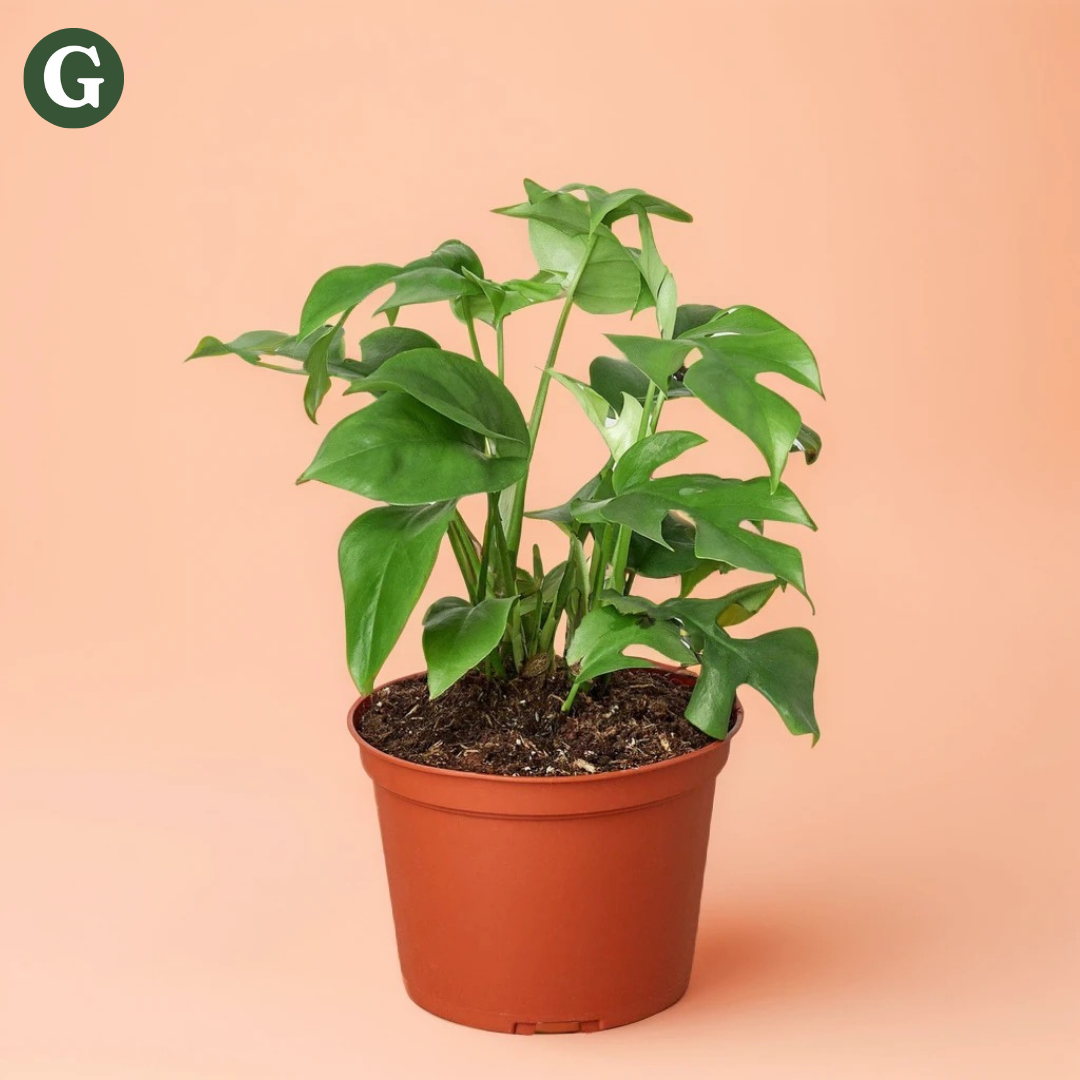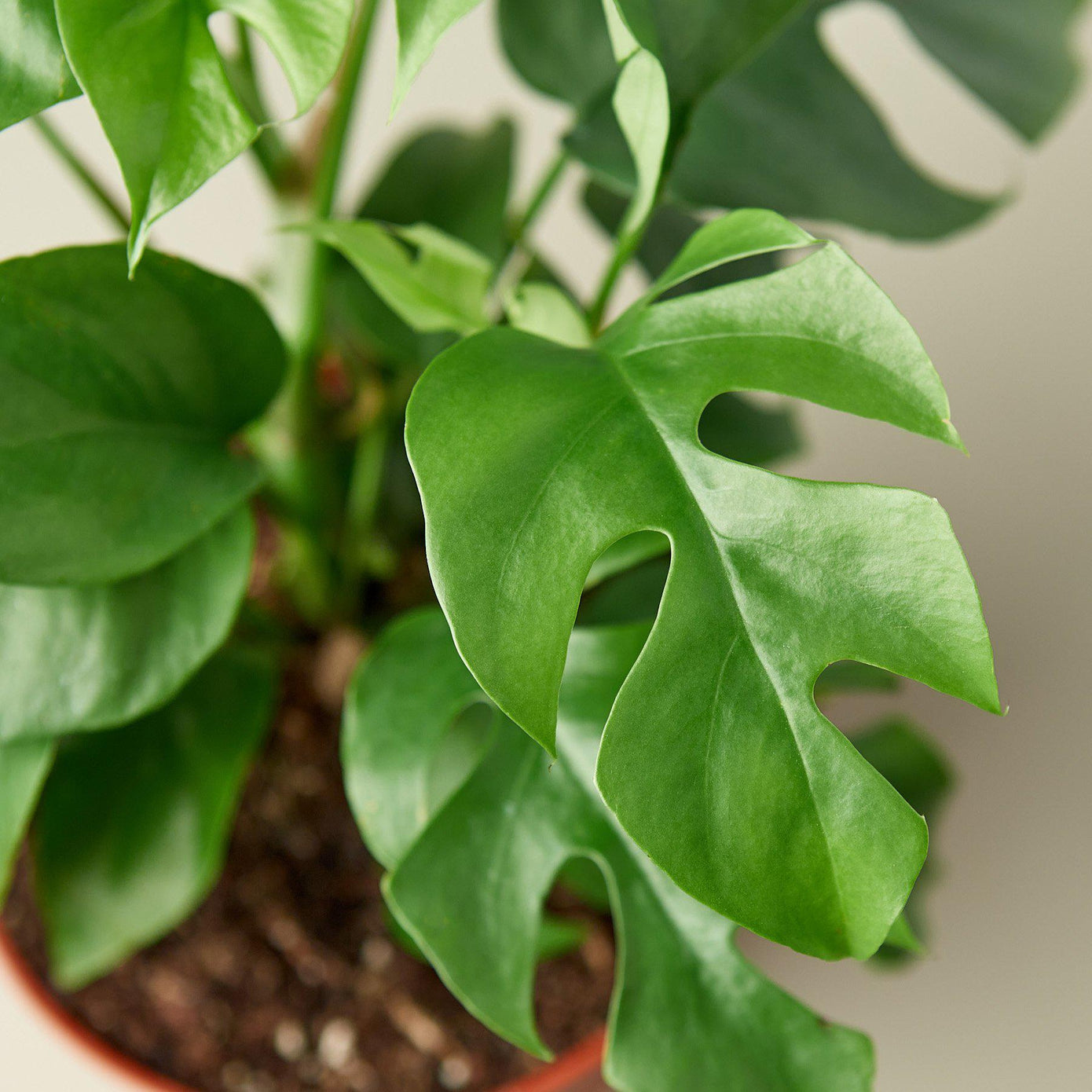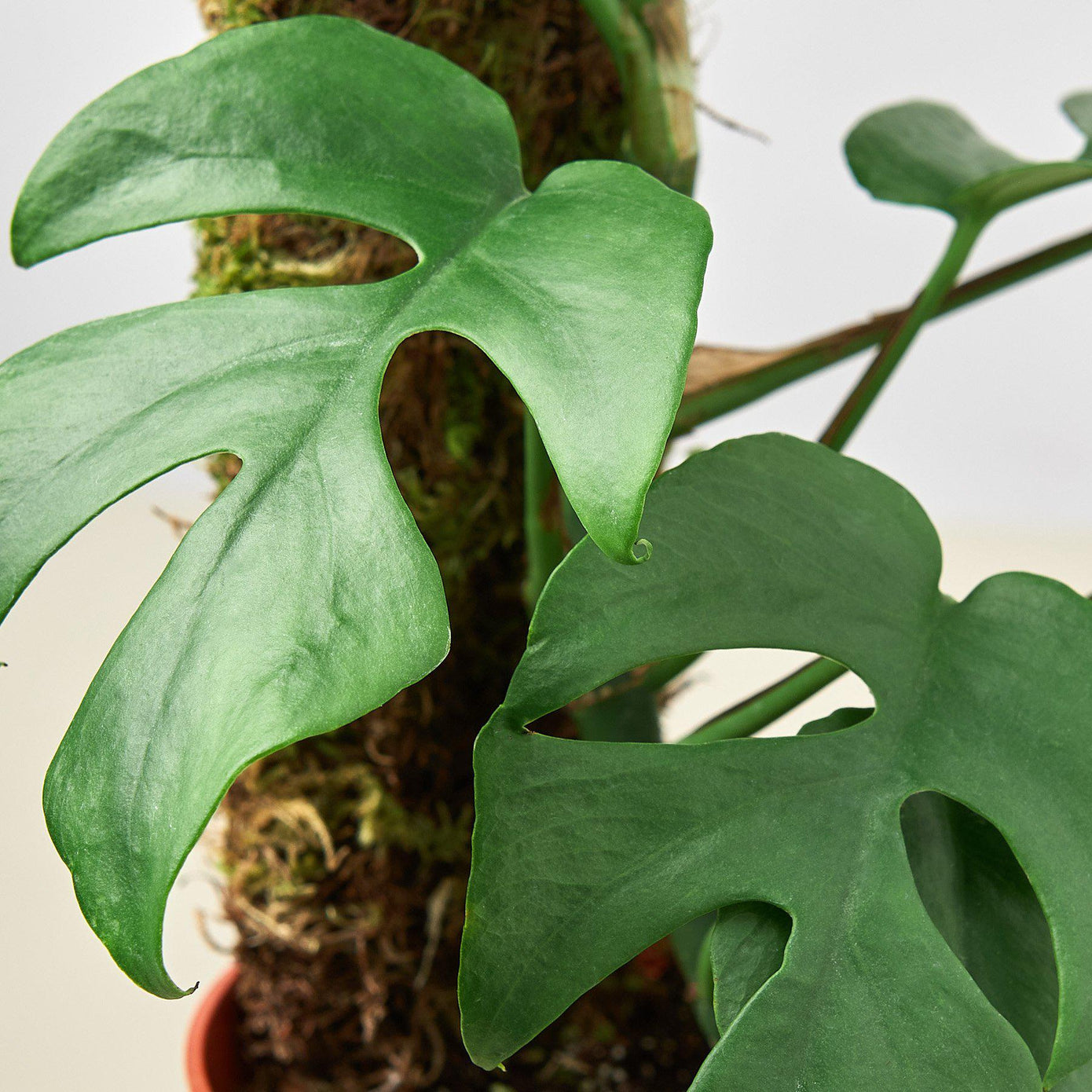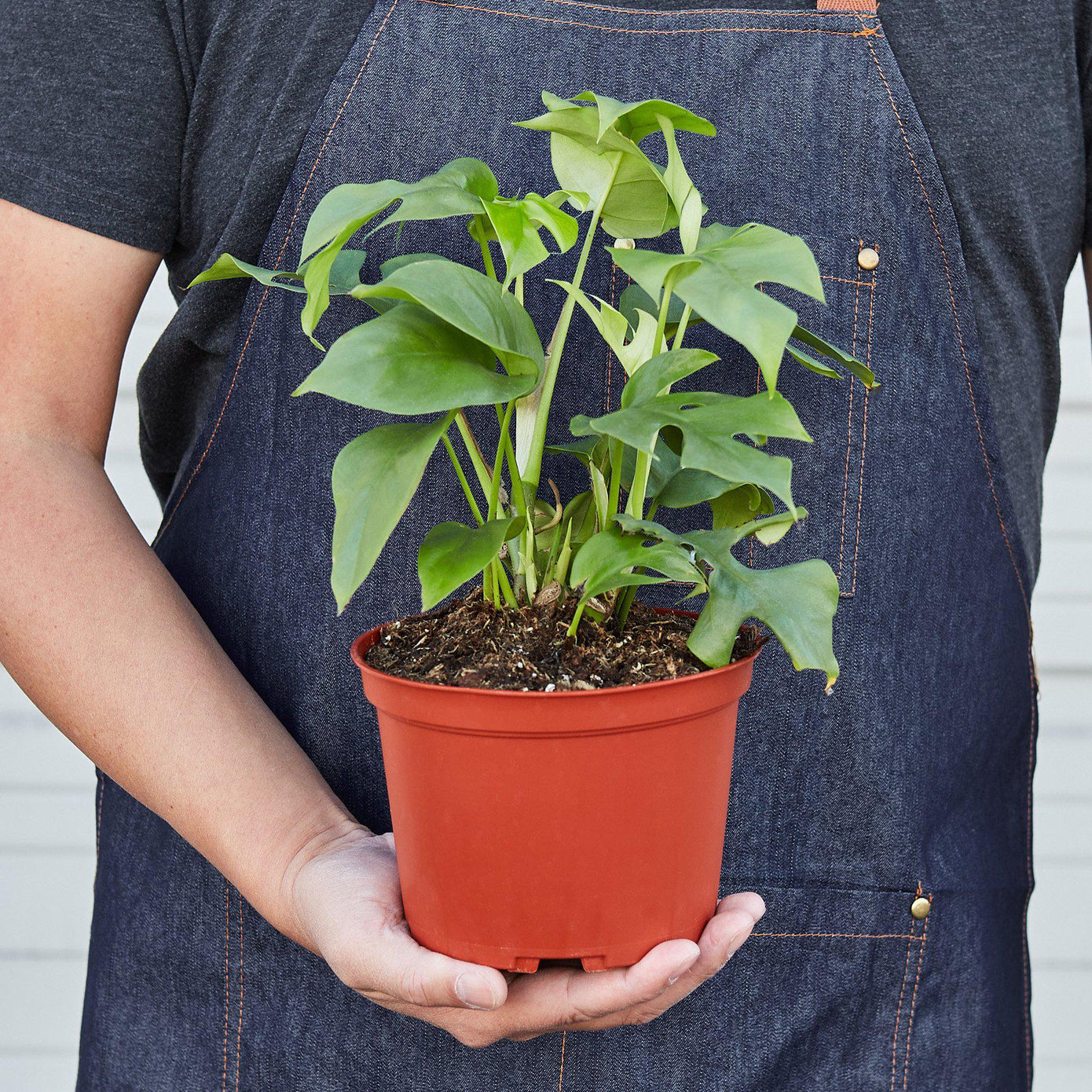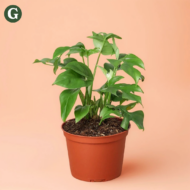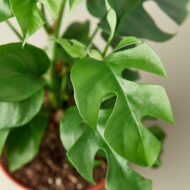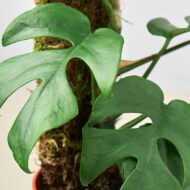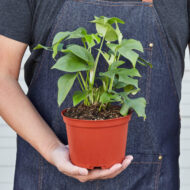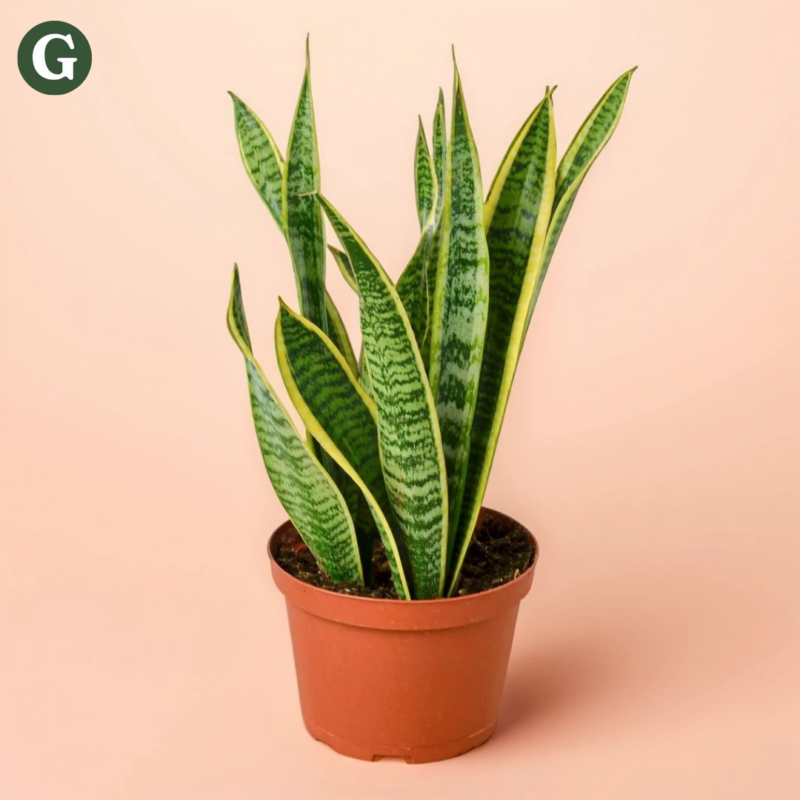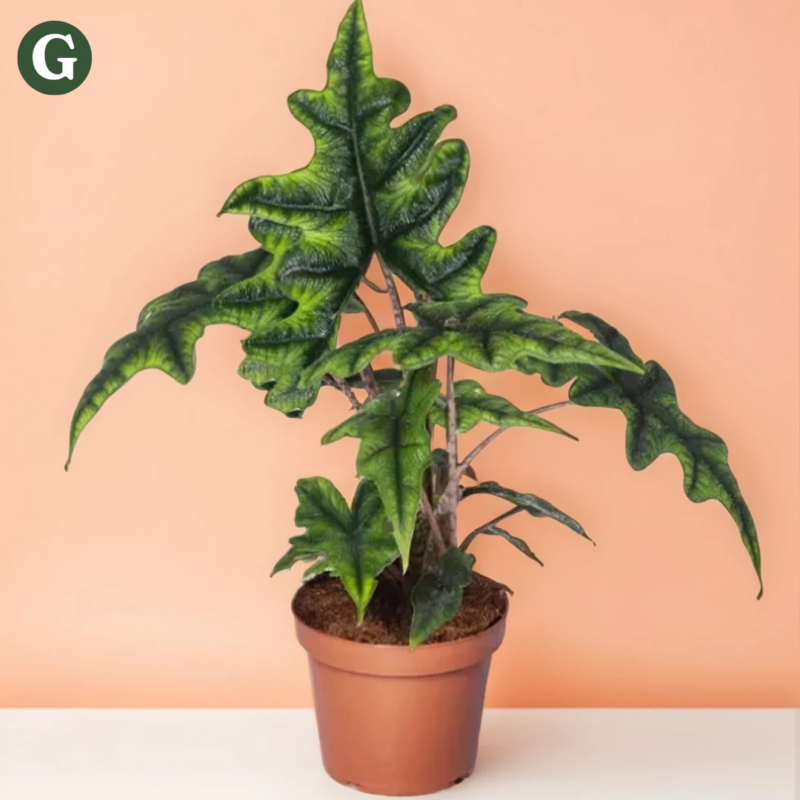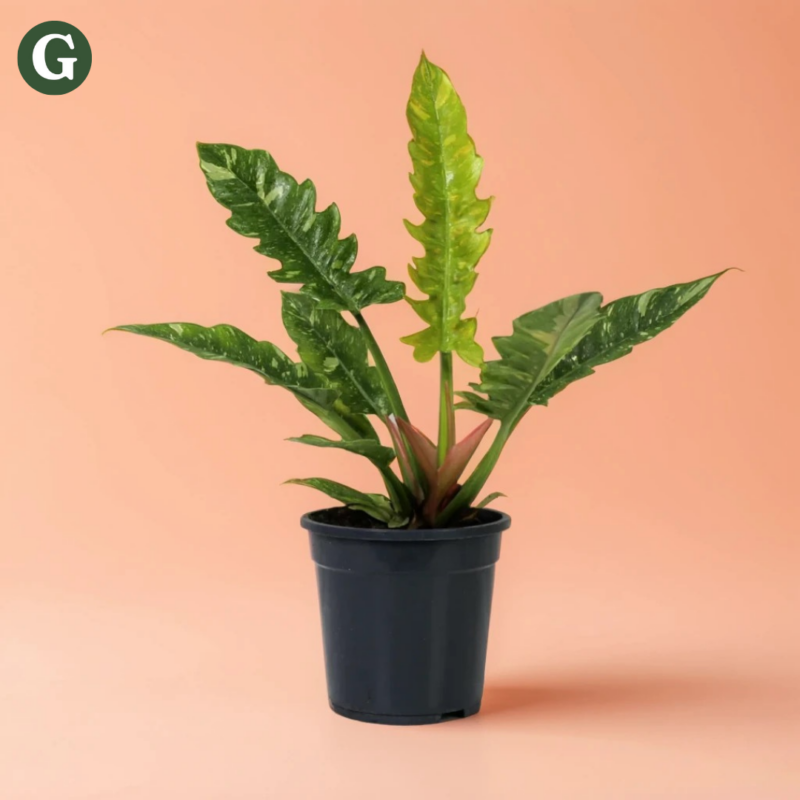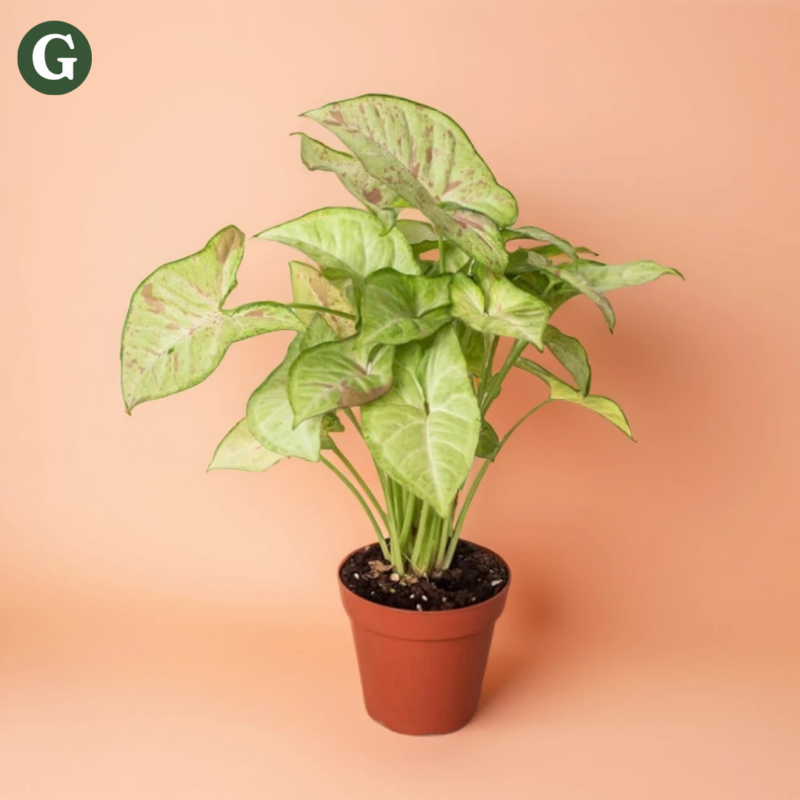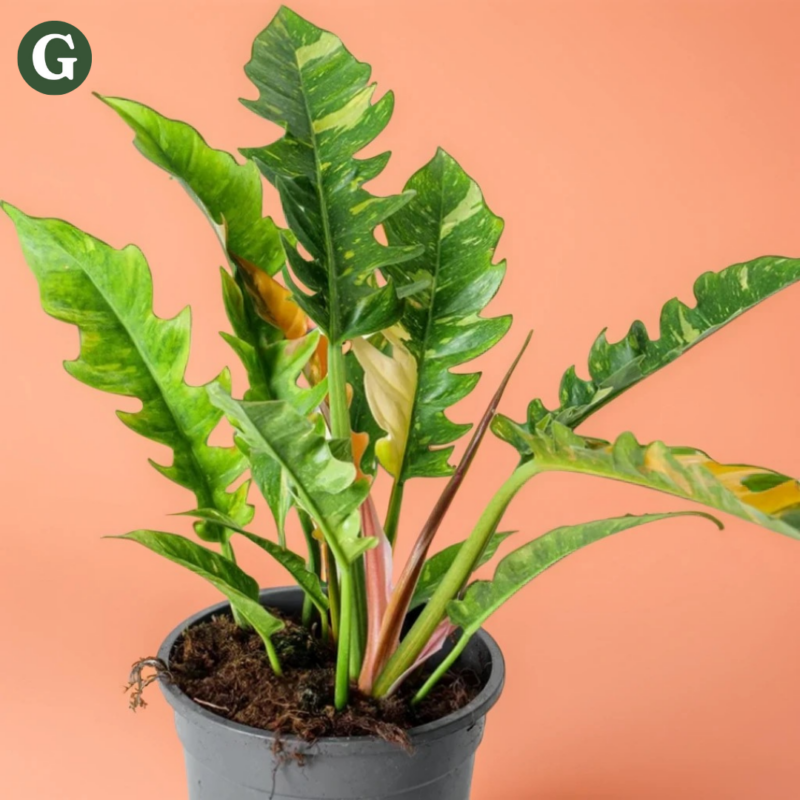Monstera Minima
Botanical Name: Rhaphidophora tetrasperma, Philodendron Monstera minima
Common Name(s): Dwarf Monstera, Mini Monstera, Swiss Cheese Plant
The Monstera Minima is a smaller, more compact relative of the popular Monstera Deliciosa. Native to the tropical regions of Southeast Asia, Thailand in particular, this plant is appreciated for its unique, deeply lobed, and perforated leaves, which give it a similar "Swiss cheese" appearance to its larger cousin. It is a fast-growing vine that can reach up to 3-4 feet in length indoors, making it a perfect choice for smaller spaces or as a hanging plant.
The Monstera Minima thrives in bright, indirect light but can tolerate lower light levels, although growth may slow down. It prefers well-draining soil, so be sure to use a potting mix designed for tropical plants or add some perlite to improve drainage. This plant enjoys regular watering, but like most tropical plants, it’s important to let the soil dry slightly between waterings to prevent root rot. It’s also sensitive to overwatering, so be cautious not to let the plant sit in excess water.
This variety of Monstera does well in average room temperatures ranging from 65-75°F (18-24°C) and thrives in higher humidity levels. If your home is on the dry side, especially in winter, consider increasing humidity through misting or using a humidity tray to keep the plant’s leaves lush and healthy.
Air Purifying Qualities:
The Monstera Minima is known to help purify indoor air by removing toxins like formaldehyde, making it a great plant for improving air quality in your home.
Note: Like other Monstera plants, the Monstera Minima is toxic to pets and humans if ingested. Keep this plant out of reach of children and pets to avoid irritation or discomfort if ingested.
Care Insights & Expert Tips
- Support and Growth Pattern: As a climbing plant, it benefits from a moss pole or trellis, which will allow the plant to produce larger leaves with more pronounced fenestrations.
- Fertilizing Details: Use a balanced, diluted liquid fertilizer every 4-6 weeks in spring and summer. Avoid fertilizing in winter when growth slows. Too much fertilizer can lead to salt buildup, so flush the soil every few months.
- Pruning Techniques: Trim any yellow, damaged, or overly long vines to encourage a bushier shape. Clean pruning shears with rubbing alcohol before and after pruning to prevent disease spread.
- Pest Management: Regularly inspect for pests like spider mites, scale, and mealybugs, which are attracted to the large leaves. Wipe the leaves with a damp cloth once a month and treat any infestations with neem oil or insecticidal soap. Spider mites, in particular, thrive in dry environments, so keeping humidity high can prevent them.

Visit our plant care library
Find essential tips to keep your plants thriving, vibrant, and healthy.
